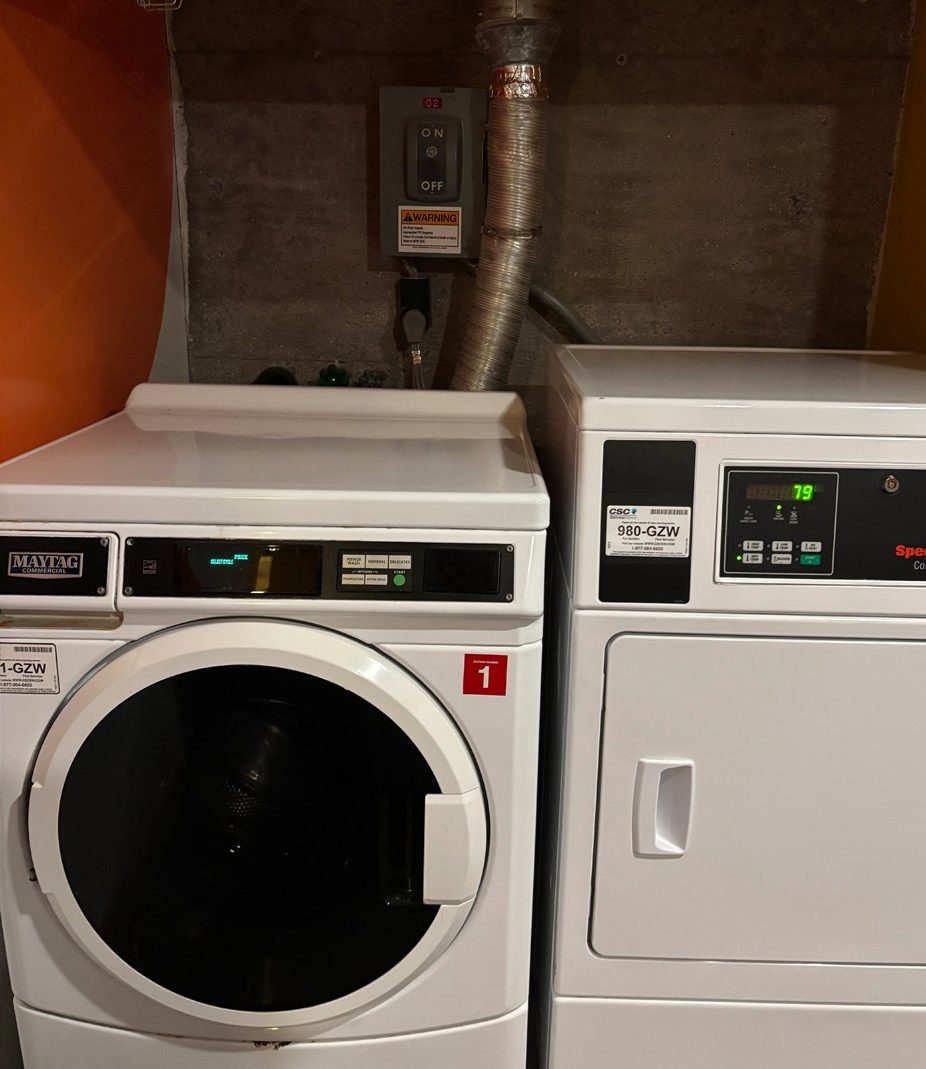
On Sunday, Sept. 9, the National Park Service marked the dedication of the Tower of Voices, a 93-foot high tower of wind chimes that stands at the entrance of the Flight 93 National Memorial in Shanksville, Pennsylvania. The Tower features forty aluminum chimes, signifying the forty passengers and crew who died when United Flight 93 crashed into a field during the terrorist attacks of Sept. 11, 2001.
Professor of Music Sam Pellman, who was tragically killed last November in a motor vehicle accident, created the chimes’ pitch design. As the only musician on a team of acousticians, architects, and National Park Service staff, Pellman was hired for his expertise in acoustics and composition. According to the National Park Service, “There are no other chime structures like this in the world.” The shape of the Tower was built to optimize airflow through the walls to reach the chimes’ interior chambers. Pellman designed the system by mathematically identifying the range of frequencies needed to produce the distinct musical note associated with each chime. This applied music theory allows the sound produced by individual chimes to be in harmony with the sound produced by other chimes in the Tower. Pellman’s goal was to create a set of forty tones that suggest, through consonance, the serenity and nobility of the site, while also, through dissonance, recalling the event that transpired.
The Tower of Voices has eight columns with five chimes in each column. Its cross section is a “C” shape with a 15-foot outside diameter and an 11-foot inside diameter. The shape reflects sound outwardly from the open side in a fan-shaped pattern. The size of each chime, which ranges from eight to 16 inches in diameter and five to 10 feet in length, depends on the musical note and associated frequency that it intends to produce. Pellman also put significant effort into tuning the chimes, stating, “The tuning ratios indicate the frequencies of the chimes relative to a middle-C of 264 Hz [hertz]. The chimes were tuned according to an intonation system based on whole-number ratios.” Pellman went through five versions of his tuning system before settling on the final system.
Professor Pellman’s wife, the College’s Lecturer in Music and Student Pianist Coach, Colleen Pellman, described her experience seeing the Tower for the first time: “Standing at the overlook outside the Visitor’s Center was the most emotional for me. You are standing in the path that the plane took as it went down and you can see in the distance the exact spot where the plane crashed as well as the Wall of Names. This past weekend’s visit was bittersweet. I am grateful that my husband was able to complete his work on the chime design, and that my family and I were able to be there.”
For students unfamiliar with Professor Pellman, he received a Bachelor of Music degree from Miami University in Oxford, O.H. and completed his M.F.A. and D.M.A. at Cornell University. For nearly four decades, Pellman was a beloved teacher, a groundbreaking scholar in electroacoustic music, and an indispensable part of the fabric of the Hamilton
College community. At Hamilton, Pellman taught music theory and composition and was co-director of the Studio for Trans-media Arts and Related Studies. He also served as Associate Dean of the Faculty, Posse mentor, and as a leader in the further development of the arts at Hamilton. In 2015, he received the Alumni Association’s Distinguished Service Award. Pellman’s music has been presented at festivals and conferences in Paris, Vienna, Montreal, New York City, Beijing, Cape Town, Buenos Aires, Prague, and Oslo.
Pellman’s compositional work is a result of his passion for students and their ideas, collaborative learning and theoretical concepts, and the integration of science and the arts. His positive attitude and dedication to the arts to establish meaningful dialogue has helped create a collection of renowned works. His final project might also be his most significant.
For Colleen Pellman, “The memorial is a beautiful tribute to the 40 people who lost their lives there on 9/11. The National Park Service conducts wonderful tours and educational programs there on a daily basis. This memorial is constructed to ensure that future generations never forget what happened at that place on that day. The Tower of Voices has special meaning in that it is an expression of all the emotions associated with this tragedy. My husband was excited to be a part of the team that designed the chimes, but he was also mindful of the great responsibility that rested on him. I feel that his legacy will be in everything he accomplished in his life, but he will probably mostly be remembered for this.”

























